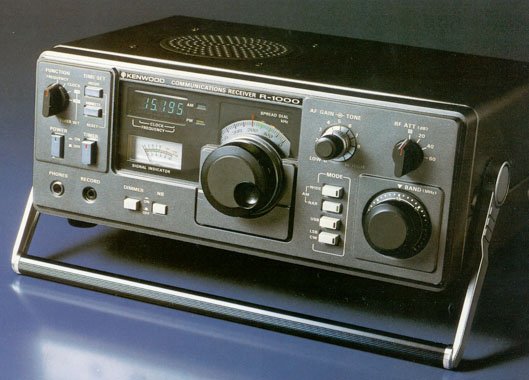"AWR Historical" (Cassette Recordings, Parts 1 & 2): Circa 1980
/Many thanks to SRAA contributor, Antonio Ribeiro da Motta, who shares the following recordings and notes:
In 1980 I participated in the AWR Asia DX Contest promoted by the Radio Monitors International program produced by Mr. Adrian Petersen. The program was produced at the AWR Asia studios in Poona (India) and broadcast through the Sri Lanka Broadcasting Company via transmitters in Ekala and Colombo. Despite the reception being very difficult in South America, I managed to participate in the contest and got eighth place. As a prize, I got a cassette called AWR Historical. And it is this material that I would like to share with my friends at Shortwave Archive.




















